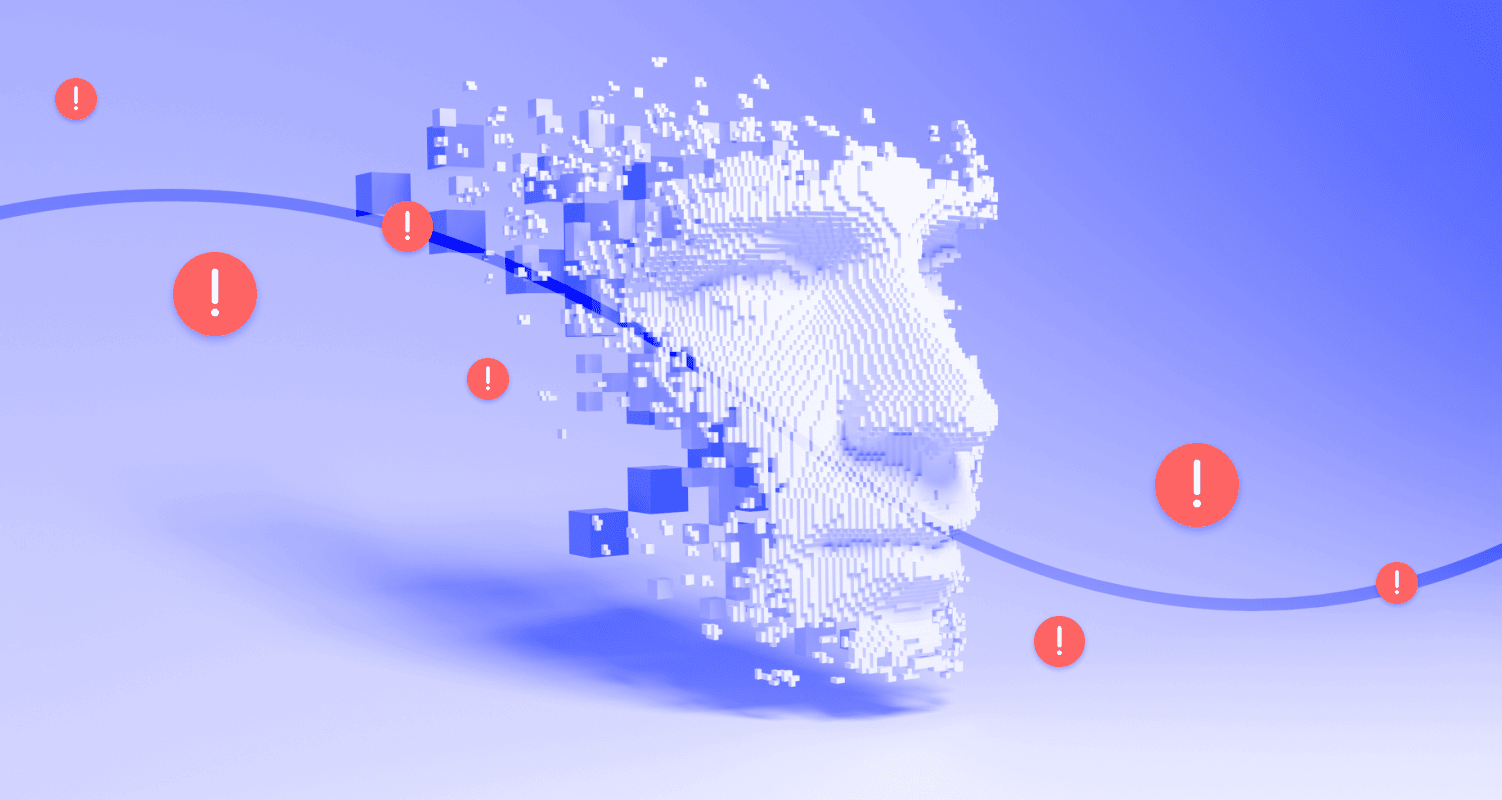Fabricated Fabrications: The Menace of Invented Information in AI Tools

Fabricated Fabrications: The Menace of Invented Information in AI Tools
In an era dominated by advanced technology, artificial intelligence (AI) has surged to the forefront of innovation, transforming various aspects of our lives. From automating mundane tasks to aiding in complex medical diagnoses, AI’s influence is undeniable. However, a growing concern looms large – the propensity of AI tools to generate false or misleading information. This predicament, which could be dubbed “Fabricated Fabrications,” poses a substantial threat that demands urgent attention.
AI, at its core, relies on immense datasets and intricate algorithms to simulate human-like intelligence. It learns from patterns in data, making it incredibly adept at recognizing trends and generating content based on its training. While this ability has led to remarkable achievements, it has also opened the door to a distressing issue: the propensity of AI to fabricate information.
The term “fabricate” implies the creation or invention of something, often with the intent to deceive. In the realm of AI, fabrication takes the form of generating information that is not grounded in reality. This phenomenon has significant implications, particularly when AI-generated content is mistaken for accurate, factual information. As AI technologies become more prevalent in various sectors, from content creation to customer service, the potential for fabricated information to spread unchecked grows exponentially.

At the heart of this issue lies the complex interplay between AI’s learning mechanisms and the quality of the data it learns from. AI systems are trained on vast amounts of text, images, and other forms of data sourced from the internet. The diverse nature of these data means that AI models might encounter contradictory or unreliable information during their training. Consequently, AI tools might inadvertently learn to generate content that is factually incorrect or misleading.
This situation is exacerbated by the fact that AI lacks genuine comprehension. Unlike humans, who possess inherent critical thinking abilities, AI models lack the capacity to inherently understand the veracity of the information they produce. When presented with a prompt, they draw upon patterns from their training data to generate responses, irrespective of whether those responses are accurate or fabricated.
A power word that encapsulates the gravity of this issue is “menace.” The unchecked proliferation of fabricated information through AI tools constitutes a genuine menace to society. Misinformation, whether unintentional or malicious, has the potential to erode trust in institutions, sway public opinion, and undermine the very foundations of informed decision-making. In a world where information shapes opinions and actions, the menace of fabricated fabrications can’t be underestimated.
One area where this menace has become apparent is in the realm of journalism. With the internet serving as a double-edged sword for news dissemination, AI-generated content has seeped into the news cycle. News outlets, grappling with the need for rapid content production, sometimes turn to AI tools for assistance. However, the lack of a discerning eye in AI often results in the dissemination of unverified or downright false information, eroding the credibility of journalism and sowing confusion among readers.
![Advantages and Disadvantages of Artificial Intelligence [AI]](https://www.simplilearn.com/ice9/free_resources_article_thumb/Advantages_and_Disadvantages_of_artificial_intelligence.jpg)
Moreover, the impact of AI-generated misinformation isn’t confined to the digital sphere. In academia, students and researchers may inadvertently stumble upon fabricated information while conducting online research, leading to erroneous conclusions and flawed academic work. In professional settings, decisions based on faulty data could yield disastrous outcomes, ranging from failed marketing campaigns to flawed investment strategies.
Addressing this menace requires a multi-faceted approach. First and foremost, there is a pressing need for improved data curation. AI models must be trained on meticulously vetted datasets that prioritize accuracy and credibility. This entails ongoing human supervision to correct and filter out misinformation during the training process.
Additionally, AI developers should work toward imbuing AI models with a form of “algorithmic ethics.” This involves programming AI systems to recognize potential inaccuracies and indicate uncertainty when generating content based on dubious or contradictory data. While AI may never attain human-level critical thinking, it can be designed to flag content that deviates significantly from established facts.
Education also plays a pivotal role in mitigating the menace of fabricated fabrications. Users of AI-generated content, whether journalists, researchers, or everyday consumers, must be equipped with the skills to critically evaluate information. Fact-checking, source verification, and a healthy dose of skepticism can go a long way in preventing the unwitting propagation of false information.

In conclusion, the advent of AI has ushered in a new era of technological marvels, but it has also brought forth challenges that demand immediate attention. The menace of fabricated fabrications, characterized by AI tools generating false or misleading information, poses a genuine threat to the integrity of information in our digital age. The potential for misinformation to spread rapidly and influence decisions underscores the urgency of addressing this issue.
While AI’s capabilities are awe-inspiring, they come with responsibilities. Developers, educators, and users must collaborate to ensure that AI-generated content upholds accuracy and credibility. By refining data curation, instilling algorithmic ethics, and promoting information literacy, we can tackle the menace of fabricated fabrications head-on. Only through concerted efforts can we harness the power of AI while safeguarding the integrity of the information landscape.




